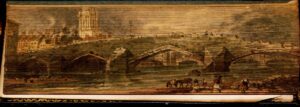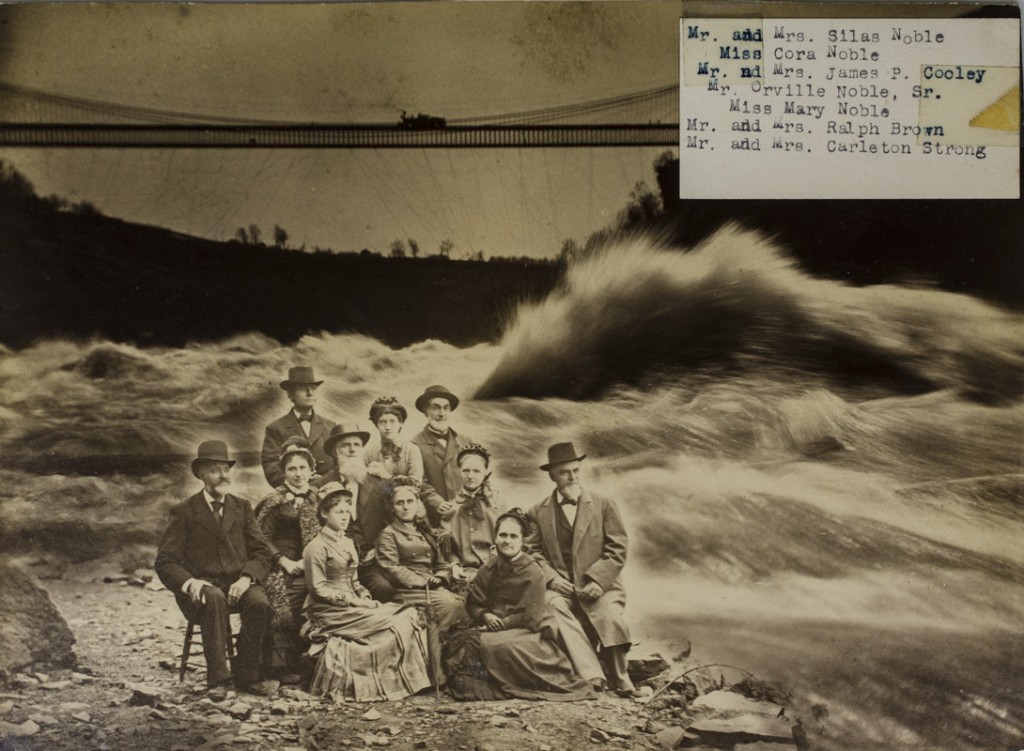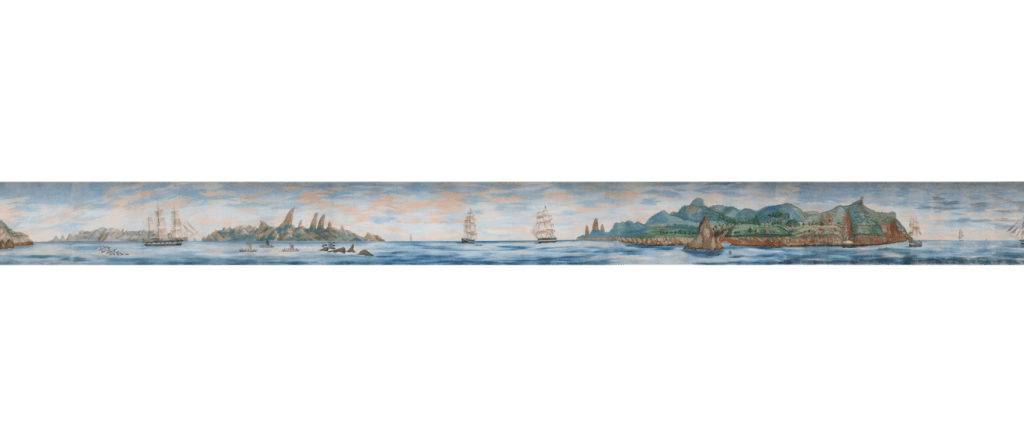
Boston Public Library, Rare Books Department
To honor the Scottish poet Robert Burns on his birthday, we present two delicate works of art painted on the fore-edges of books of his poetry.
Digital Commonwealth’s Massachusetts Online Collections include Boston Public Library’s collection of Fore-Edge Paintings. The paintings are ”visible only when the pages of the book are carefully fanned, in the same manner as when the artist was painting the picture. When the book is closed the painting disappears under the gold leaf of the edge . . . The work itself is done in watercolor, very dryly.” The books with fore-edge paintings were collected by Albert H. Wiggin between 1945 and 1951, and donated to the Boston Public Library at the time of his death in 1951.
Robert Burns was born on January 25, 1759 in Alloway, Ayrshire, Scotland. His birthday is celebrated all over the world with Burns suppers and Burns Night activities.

Boston Public Library, Rare Books Department

